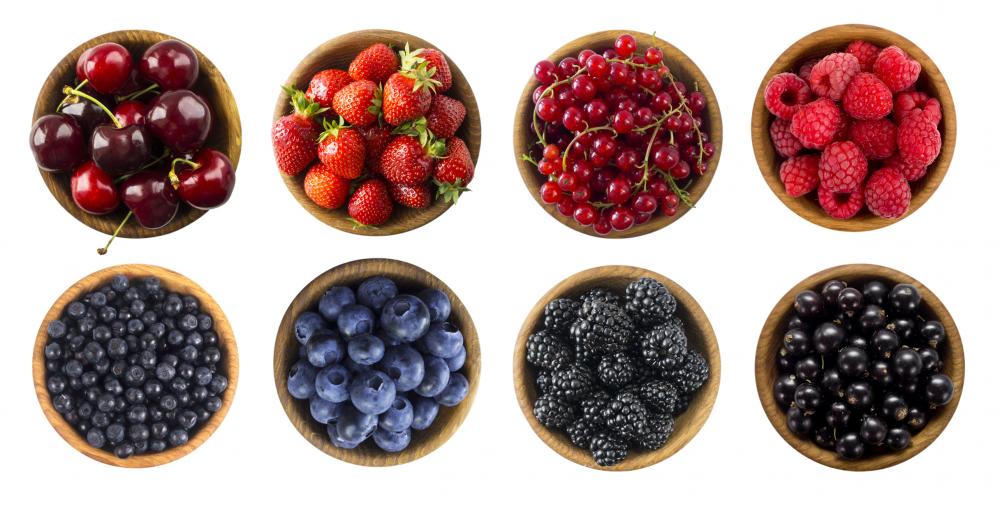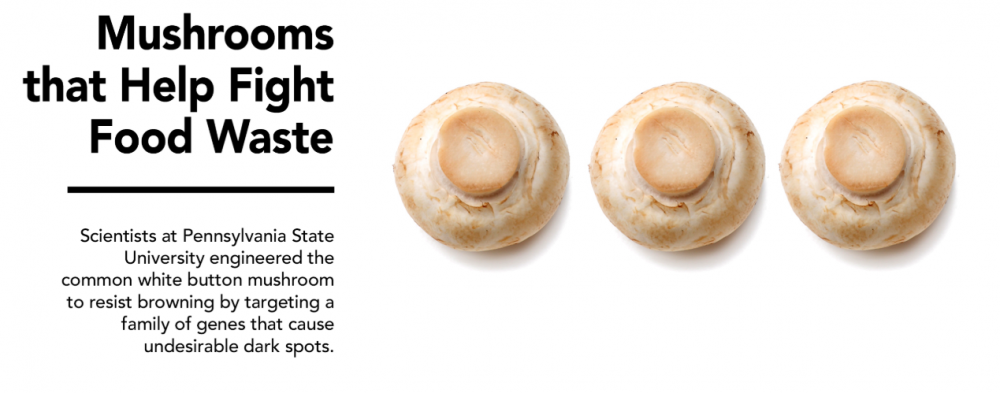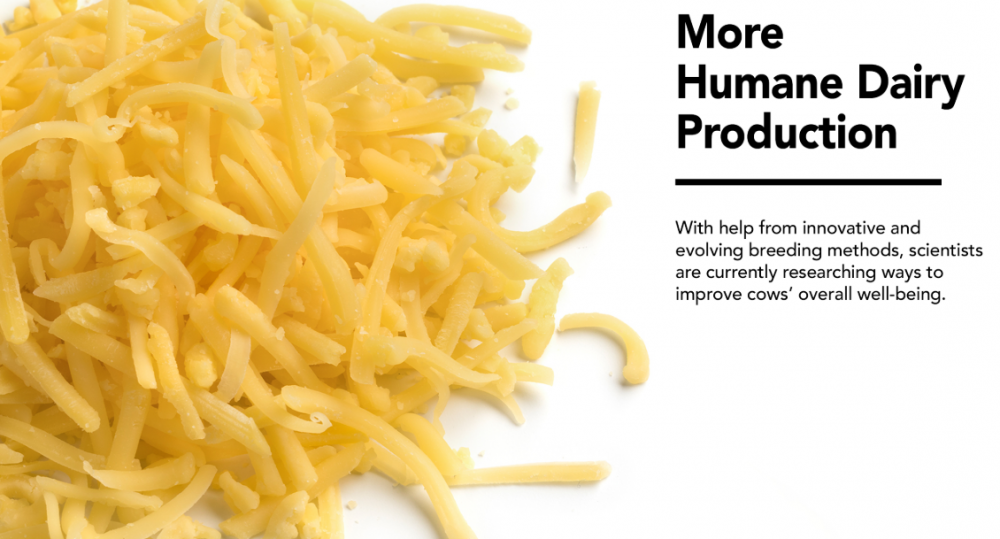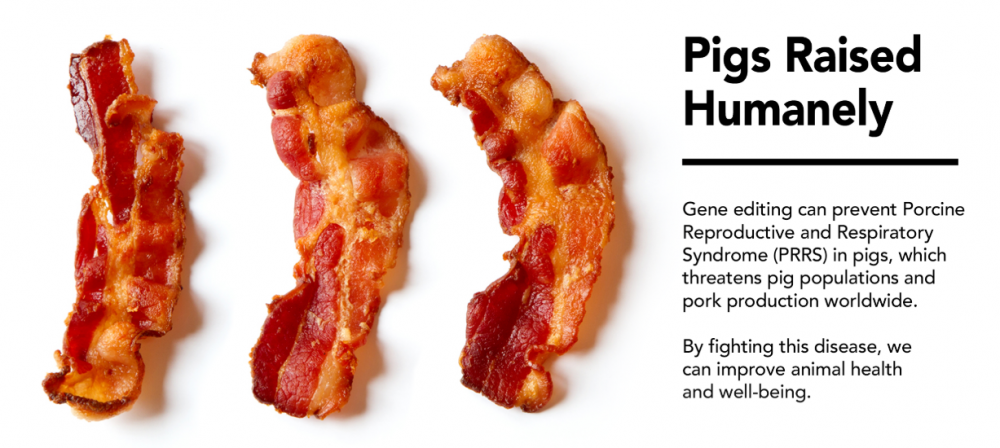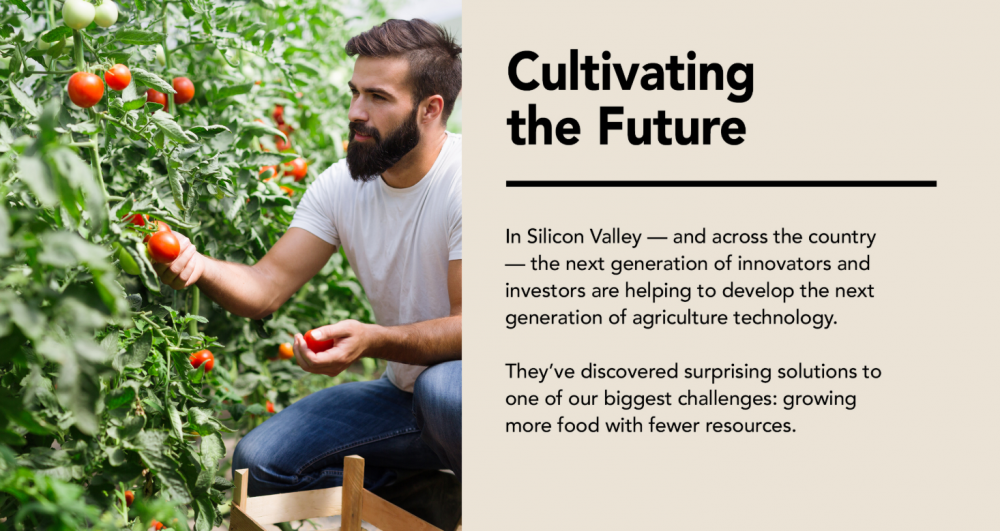2 min Read
You can thank plant breeding for nearly everything you eat. From summer corn to winter squash, so much of what we eat is a result of many generations of breeding. But now, we have the ability to improve our food, not in decades, but in just a few years, through gene editing.
Fundamentally, gene editing is a process that scientists use to make targeted edits to an organism’s DNA to add a desirable characteristic—like increased nutrition or the ability to grow a plant using less water or pesticides—or to remove an undesirable characteristic—like disease susceptibility.
Gene editing is just the latest breakthrough in breeding that has been occurring for centuries. As we have learned more about our food’s DNA, we can be precise in the way we change our food—to reap big benefits for both human health and the health of our environment.
A great article in Seed World highlights 20 Agricultural Benefits of Gene Editing, we snagged some of our favorites from the list and included our favorite blogs and infographics. Check them out below!
1. Reduced time in breeding programs with fewer plant generations necessary (accelerating the research time from 7 to 25 years to 2 to 3 years). Researchers Team Up to Breed a Better Berry
2. Pest and disease stress resistance allows plants to thrive without pesticides. Cassava can resist brown streak disease and mosaic virus, apples could be protected from fire blight, potatoes from late blight, and oranges from citrus greening disease… When Peaches are Not So Peachy
3. Climate-proofing crops for extreme weather events. Genome editing increases plant tolerance to heat, floods, salinity, droughts and extreme cold for a wide variety of crops. Making Rice Ready for Climate Change
4. Producing higher yields with lower fertilizer, water, and nitrogen inputs. Dr. Kasia Glowacka: Plants that May Thrive with Less Water
5. Reducing food waste. Consumers are enjoying the non-browning features in mushrooms, apples and potatoes.
6. Increased nutritional traits benefit consumers with advances like potatoes with lower acrylamide levels, higher fibre levels in wheat and oleic oil content in soybeans and better starch quality in corn. Dr. Taylor Wallace: Gene Editing Could Mean Healthier Food and a Healthier Planet
7. More feasible/affordable/immediate solutions for important animal research. Gene Editing has the Potential to Create a Healthier Future For Farm Animals
8. Disease resistance via genome editing can protect livestock from diseases like African swine fever, PRRS or BSE in cases where vaccines and selection were not successful. Agricultural Innovations Protect Your Favorite Foods
9. Better animal welfare conditions including breeding hornless cows and reducing porcine heat loss.
10. Potential to reduce antibiotic use in livestock while protecting animal health.
11. Meeting society’s demands for sustainable food production with increased yields while protecting the environment and adapting to climate challenges. Scientists Look to New Breeding Methods to Feed a Growing Population

